Table of Contents
ToggleLiving with ADHD can feel like trying to juggle flaming torches while riding a unicycle on a tightrope. Distractions lurk around every corner, and focus often seems like a mythical creature. But fear not! There’s a treasure trove of productivity hacks that can turn the chaos into a well-orchestrated symphony.
Understanding ADHD and Productivity
ADHD significantly affects daily functioning. Individuals with ADHD experience various hurdles that impede their productivity.
The Impact of ADHD on Daily Life
Living with ADHD can disrupt routines and make simple tasks overwhelming. Issues with time management often arise, leading to missed deadlines. Frequent forgetfulness complicates planning and organization efforts. Daily tasks like paying bills or attending appointments frequently become sources of stress. Additionally, difficulty maintaining focus hampers efficiency in both personal and professional settings. People may find themselves easily distracted, leading to procrastination and increased frustration. Over time, these challenges can diminish overall quality of life.
Common Challenges Faced by Individuals with ADHD
Distraction serves as a primary challenge for many individuals. They often struggle to prioritize tasks, which leads to overlooking important responsibilities. Impulsivity can manifest as difficulty in waiting turns or interrupting conversations. Inconsistent performance may also occur; sometimes they excel, while at other times, their output diminishes drastically. Emotional regulation issues might surface, causing heightened sensitivity to criticism. While external supports help, these inherent difficulties complicate the ability to maintain consistent productivity.
Effective ADHD Productivity Hacks

Managing ADHD requires specific strategies that enhance productivity and organization. Implementing effective hacks can turn challenging tasks into manageable ones.
Time Management Techniques
Time blocking serves as a powerful method to allocate specific periods for tasks. Prioritizing these blocks reduces overwhelming feelings. The Pomodoro Technique offers another effective approach, using 25-minute focused work sessions followed by 5-minute breaks. This method encourages sustained attention. Additionally, using timers helps keep track of tasks, providing a visual cue for transitioning between activities. Creating a daily to-do list establishes clear priorities and allows individuals to check off tasks, creating a sense of accomplishment.
Utilizing Technology and Tools
Apps designed for task management can significantly enhance productivity. Tools like Todoist or Trello help visualize tasks and deadlines. Digital calendars streamline scheduling and provide reminders, reducing forgetfulness. Focus apps such as Forest promote sustained attention by minimizing distractions. Moreover, utilizing voice assistants like Siri or Google Assistant enables quick note-taking and reminders on the go. Setting up automated task lists simplifies daily routines, allowing individuals to focus on completing tasks effectively.
Creating an ADHD-Friendly Environment
Creating an ADHD-friendly environment significantly boosts productivity and focus. A well-organized and structured space can alleviate distraction and facilitate task completion.
Organizing Your Workspace
An organized workspace enhances focus and efficiency. Remove clutter and ensure essential items are easily accessible. Use labeled storage solutions to separate materials, such as office supplies and project documents. Consider dedicating specific areas for different tasks, like a quiet reading nook or a brainstorming corner. Setting up visual reminders or task lists can also reinforce priorities and keep attention on critical tasks. Consistent organization helps with memory retention and reduces feelings of chaos.
Reducing Distractions
Reducing distractions leads to improved concentration and productivity. Start by minimizing noise through the use of noise-canceling headphones or calming background music. Limiting notifications on digital devices significantly decreases interruptions during work hours. Designate specific times for checking emails and messages; this method helps maintain focus on immediate tasks. Implementing screen time restrictions on distracting apps ensures attention stays on priority work. Creating a designated, distraction-free zone can foster an environment conducive to deep work.
Strategies for Maintaining Motivation
Maintaining motivation can be challenging for individuals with ADHD. Effective strategies support sustained focus and energy throughout daily tasks.
Setting Achievable Goals
Setting achievable goals simplifies task management. Break larger objectives into smaller, actionable steps. This approach clarifies what needs attention. Utilize smart goal-setting techniques to ensure goals are specific, measurable, achievable, relevant, and time-bound. For instance, instead of targeting a vague ‘work on project,’ specify ‘complete the first draft of the project by Friday.’ This specificity enhances clarity and enhances motivation by providing immediate milestones to celebrate.
Rewarding Yourself for Progress
Rewarding progress fosters motivation. Create a system where completing tasks leads to enjoyable rewards. Simple tokens can include taking breaks, indulging in favorite snacks, or engaging in a hobby. Establish criteria for earning rewards, such as completing a specific number of tasks or finishing a challenging project section. Recognizing achievements, regardless of size, drives further commitment and reinforces productive behaviors.
Implementing these ADHD productivity hacks can transform daily routines and significantly enhance focus. By adopting structured time management techniques and utilizing technology, individuals can better navigate their tasks and responsibilities.
Creating an organized and distraction-free environment plays a crucial role in maintaining productivity. With the right strategies in place, individuals can cultivate motivation and turn challenges into opportunities for growth.
Ultimately, these approaches not only improve efficiency but also contribute to a greater sense of control and well-being in managing ADHD. Embracing these tools can lead to a more balanced and fulfilling life.







